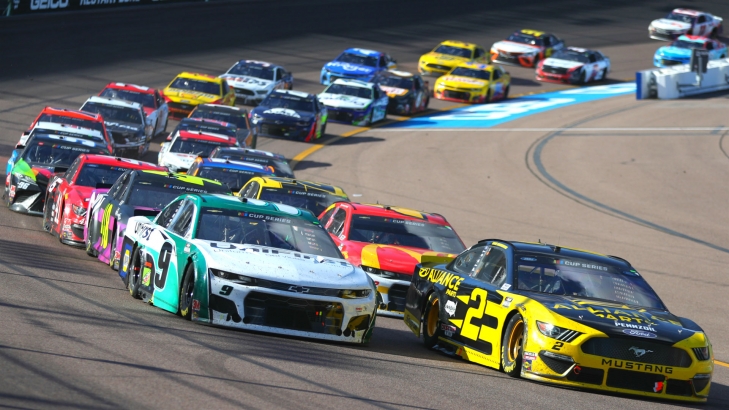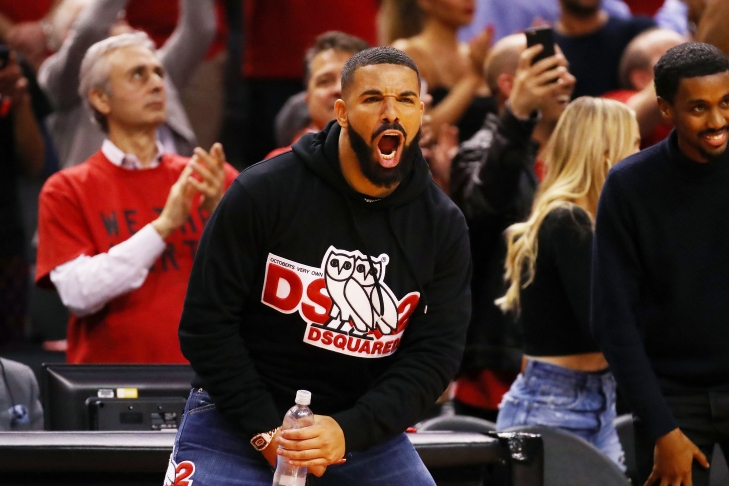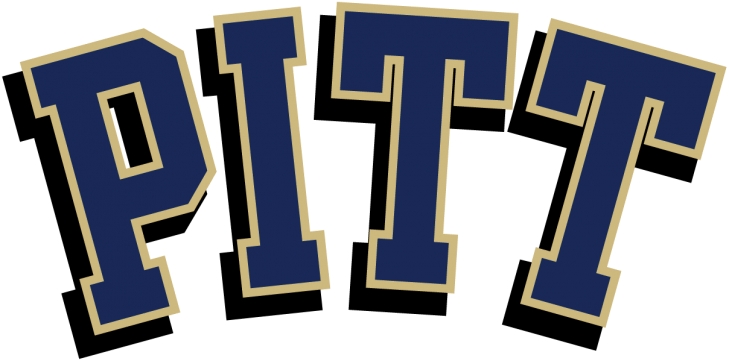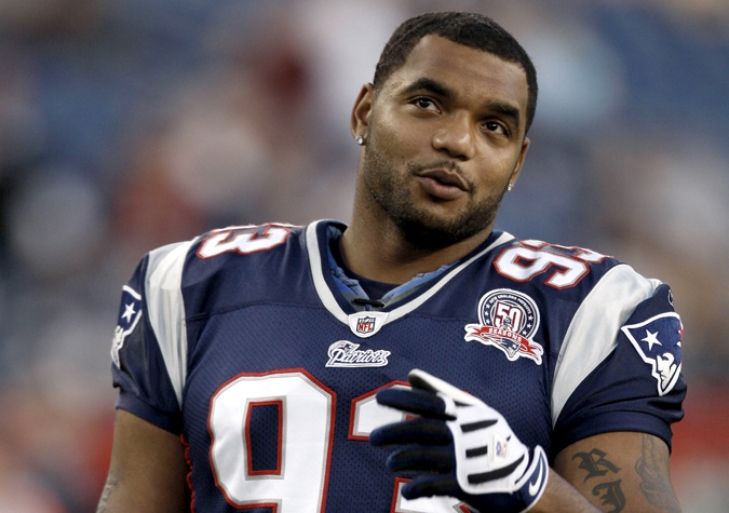
Committee Chairman
NASCAR: Real Competition Is Not Only Between Cars and Drivers
NASCAR season is back. Sunday, May 17, at Darlington Raceway, will be the initial race out of seven, over 11 days during the month. However, things will not be quite the same after the recess' fogs dissipate. Last Friday, competition executives released an official bulletin filled with rules changesfor the remaining 2020 NASCAR Cup Series season and forward. The technical changes detail safety and competition alterations as a measure to restrain the team’s costs and boosting racing safety measures.
These guidelines come from the deliberation that took place after the preliminary investigation into Ryan Newman’s crash. The violent incident on the final lap of the Daytona 500 left the driver severely injured. After missing three races and a still recovering bruised brain, he was cleared to come back on May 10. NASCAR is preparing a media briefing to reveal the Newman investigation findings.
As competition grows endlessly, the regulations promise safe quality racing for both the teams and the fans. The mentioned regulations will not affect current competition significantly. Moreover, those intend to lessen comprehensive modifications for the Next Gen Car to debut on the 2021 season. However, NASCAR senior vice president of racing development, John Probst, stated that teams were provided with details about the technical changes in advance.
NASCAR's return comes impregnated with a lot more than instructions for custom wheels manufacturer selectionand tuning restrictions. The following modifications are very specific and its goals are aiming to minimize about 30 to 40 horsepower from 510 hp for Daytona and Talladega tracks. Although these modifications are a decision NASCAR took after Newman’s incident, overall rules were reviewed and adjusted according to the identified needs. The following is a summarized version of the recently released bulletin.
- During the remaining season, NASCAR will not allow on-track testing for Cup Series, Gander Truck Series, and Xfinity Series.
- Wind tunnel usage time is now under restriction. Every organization will have only 150 hours to test. These will be distributed for 70 hours during 2020 and 90 hours in 2021. Individual NextGen vehicle organizations are banned from wind tunnel testing. Only a few facilities were approved for wind-testing such as Aerodyn Wind Tunnel in Mooresville and Windshear Wind Tunnel in Concord, both in North Carolina.
- Short block sealed engine changes are now restricted to eight. This measure is for both full or long blocks and the bottom portion only or short blocks. This means that each vehicle needs to endure these events with a short-block sealed engine. It will require the team’s adaptation since it previously was a 13 limit. For all the remaining races or cycles, teams can only change engine parts such as valves, cylinder heads, and valve springs. This action is meant to prevent time and costly rebuilds.
- Restrictions on the throttle body were reduced to 57/64” at superspeedways. It was formerly a 59/64”.
- Obligatory changes and updates regarding the padding roll bar. These will be mandatory for all vehicles from June 1.
- Talladega beginning tracks require the setting up of a check valve at overflow expansion tanks and/or oil reservoir tanks.
- Superspeedways tracks require the application of slip tape along the facing surfaces. It needs to be applied throughout the entire lower rearward. Likewise, within the rear bumper cover extension.
- Mandatory addition of a lower main roll support bar #20 and an upper main roll support bar #21. This modification will be needed for superspeedways tracks. Additionally, requirements demand an intrusion plate. This specification is optional in other tracks.
- Chassis modification regulations. Each organization will be allowed twelve active and four inactive certified chassis modifications. Those can only be retired after a minimum of three races use. However, if irreversibly damaged after a crash in a shorter period, the chassis can be replaced. Each racing organization is restricted to ten unique chassis designs. These may be available for display in preseason shows.
- Officials limited at-track or road crewmembers. Maximum personnel is twelve during race weekends. This includes engineers and mechanics, crew chiefs, and spotters. Moreover, the organizational staff is reduced to three. Also, the driver’s team will be 16 members only. This measure is an answer to the global pandemic situation.
- Superspeedway tracks will not have aero ducts.
Although previous incidents lead to car modifications that teams will struggle to fulfill, stock-car racing is not only about cars. During a NASCAR race, a driver must be in flawless physical strength to be able to endure sustained high G force. Three G of acceleration on turns triple the driver’s weight. Additionally, the driver is wearing a helmet, gloves, and a long-sleeved fire suit. These, along with the mid-summer weather rises internal car temperature to hit the 120°F. In these scenarios, drivers can lose focus and experience dizziness. Consequently, riders need to train hard to endure these harsh circumstances. Pit crews also train very hard. These athletes have 15 seconds and no retries to accomplish their task: jacking up the largely heavy car to change its tires and refilling its fuel tank.
Patience, discipline, and adaptability are the main skills surrounding this fast-paced sport. Stock-car racing embraces crewmembers and organizations working together as an engine to lead both the vehicle and its driver on top conditions. Poor communication and a miniscule mistake during the job can lead to accidents like Newman's.
NASCAR Safety Standards Regarding Coronavirus Pandemic
While NASCAR prepares to resume its season with the coronavirus pandemic still in motion, safety measures are being taken with this in mind. NASCAR prepared a protocol following the advice of health professionals. Carolina’s public health officials gave their blessing and added a few recommendations. The safety protocol during Daytona and Talladega races aims to safeguard the competitors and the surrounding community’s health. These recommendations include:
- Zero fans attendance plan. NASCAR is still considering if fans will be allowed into July's competition. Social distancing measures are being taken into account.
- Cancellation of the 2020 submission meetings. It might include the cancellation of the traditional Champaign opening at the end of the matches.
- Lowering staff member’s size according to NASCAR bulletin specifications.
- Use of the most local venues possible, allowing organizations to travel through roads. This to avoid air mobilization and the need for accommodations.
- Drivers and crewmembers are confined to their motorhomes, disseminated all over the facility. Self-isolation is mandatory until the competition starts.
- The use of face masks is required, including for drivers on the way to their vehicles.
- Teams were asked to self-monitor their staff using random temperature checking through the event.
NASCAR is working hard to be the first major U.S. sport to resume competitions. Therefore, a mistake could become a landmark for its history and put lives into high-risks. After all, the NCS is the racing highest level of competition. About 700 hundred people are expected to meet at the Daytona track. That number will only include the 40-car crews, leaving outside the picture officials, inspectors, and the broadcast team.
If things run smoothly, other sports eager to come back might consider resuming matches. NASCAR executive vice president, Steve O'Donnell stated: "We realize upfront it's a huge responsibility for us as a sport… We're certainly going to learn as we go, the process we put in place gives the industry the confidence that we can be first." Moreover, Mark Miles, Indianapolis Motor Speedway CEO, told the press "We can do it. We are prepared for fans… Just based on the size of our facility we can do it… We've got time to get this right."
Additionally, rules are strictly enforced and those with personal staffs who do not follow those, including the general COVID19 recommendations such as facemasks use and social distancing will be removed from the facilities and presented with a $50,000 fine. NASCAR is making an extraordinary effort on its return. Real-life racing comes with real-life incidents and circumstances. Safety precautions aim to guarantee the event develops hassles-free.
Nathan Spears is a managing editor at BlaqueDiamond
<https://blaquediamond.com/>. He became a car enthusiast at the age of
four, when his father taught him the difference between Chevy and Ford. In
2012 Nathan put his knowledge in practice and started reporting on cars,
races and the auto industry on different social media platforms. Currently,
he’s a happy owner of a 1967 Alfa Romeo and a Lancer GSR and a person who
still has lots of topics to cover.
Celebrities Who Really Love Sports
Celebrities are just like regular people when it comes to sports. They love to watch and attend sporting occasions, whether it be football, hockey, soccer, basketball, tennis, golf or any other sport. As long as there is a ball to be hit, a sharp corner to negotiate or a punch to be thrown, the buzz of sports is the same for everyone.
Celebrities have even become part of sporting occasions. Their attendance in the crowd gathers airtime, and some also perform at the stadium – just look at the Super Bowl and its string of megastar performers. But who are the most prominent celebrity sports fans?
1. Floyd Mayweather
He may be better known for his eagle eye and fast defence in the ring, but Mayweather also likes to kick back and watch sports as well. He attends boxing games but is known to be a big fan of the NBA. While Mayweather has been busy staking thousands on sports betting - reportedly winning over $6million on an NBA game back in 2013, he's also not shy of the casinos themselves. Having won nearly £800,000 on a slot machine in 2017, his latest conquest seems to be to tackle Japan by building a new casino in 2020/21.
2. Denzel Washington
America's acting hall of fame has a seat for Denzel Washington. But the movie star is not just about taking his place among the film gods. He likes to take a seat at Lakers and Yankees games too and is known to be in the crowd always wearing his all-black cap. But Washington could play the game as well. During his university days at Fordham University, he was a point guard for coach Carlesimo. Yes, the same coach who made it to the NBA.
3. Kevin Hart
Kevin Hart has gone from working as a shoe salesman to being one of the world's best comedians with some flagship acting jobs along the way. When Hart is not writing comedy gold, he is a massive sports fan. He participates in the NBA's All-Star weekend and even plays himself in the celebrity match, which he has won the MVP award on three occasions. By being in and around the players, he has acquired some new NBA buddies.
4. Jerry Seinfeld
But Hart is not the only comedy royalty to love sports. Jerry Seinfeld, the creator of his namesake comedy hit show, is a renowned Mets fan. When he is not watching sports, he can be found talking about them on the WFAN sports radio station in New York. This may be why his famous show includes many references to Mets and one or two appearances from players.
5. Drake
Actor rapper and singer, Drake has a controversial history with the sporting world. It began when he was denied access to the locker room of Miami Heat after they won the championship in 2013. In the same year, he announced himself as an official ambassador for the Raptors. Since then, the cameras have been on him during sporting occasions due to his courtside behaviours and celebrations. Some think it could be part of a publicity stunt, but he undoubtedly loves his sports.
The University of Pittsburgh announces their 2020 HOF Class
Regular visitors of Notinhalloffame.com know that we are slowly working on the top 50 of every major team in the NHL, NBA, NFL and MLB. Once that is done, we intend to look at how each team honor their past players, coaches and executives. Eventually, we plan to do that for the major colleges in the NCAA. As such, it is news to us that the University of Pittsburgh has announced thirteen members of their Athletic Hall of Fame Class of 2020.
The thirteen new members are:
Jennifer Bruce, Women’s Basketball(1981-85). With 2,295 Points, Bruce is second all-time in points scored for Pittsburgh, and her 20.5 Points per Game is still good enough to be tied as the best for the institution. Bruce was a three-time First Team All-Big East player and was the Big East Co-Player of the Year in 1984.
Donna DeMarino Sanft, Women’s Gymnastics (1970-74) Women’s Gymnastics Coach (1974-86), Administrator (1986-2014). A three-time MVP as a gymnast, Sanft would take over as their Head Coach. Over the 12 years she ran the program, Sanft had a meet record of 86-5701 and was twice named the Eastern Collegiate Coach of the Year. Following her tenure as a coach, she worked as an administrator at Pitt for 28 years.
Chantee Earl, Women’s Track and Field (1996-00). Earl won the 800-Meter at the 2000 NCAA Indoor Championship and was second in that discipline in that year’s Outdoor Championship. Earl was a six-time All-American, and had seven Big East Titles.
Craig “Ironhead” Heyward, Football(1984-87). Heyward rushed for 1,791 Yards as a senior and was named a Consensus All-American, while also finishing fifth in Heisman Trophy voting. Heyward would later plat 11 years in the National Football League, and was a Pro Bowl Selection in 1995.
Brandin Knight, Men’s Basketball(1999-2003). A two-time All-American, Knight took the Panthers to two consecutive Big East Regular Titles (2002 & 2003), with a Sweet 16 appearance in both years. Knight is still the school record holder for Assists (785), Assists per Game (6.2) and Steals (298). In 2009, his number 20 was retired by the school.
Ann Marie Lucanie, Women’s Volleyball(1990-93). Lucanie’s 1,815 career kills still ranks as second all-time at Pitt and she was a three-time Big East Player of the Year. Over her time as a Panther, her school had an overall record of 101-39 and took her school to four Big East regular season titles and four Big East Tournaments.
Ken Macha, Baseball(1968-72). Macha had a great 1971 season where he was in the top ten in the NCAA in Batting Average, Slugging Percentage and Runs Batted In. He later played six years in the Majors.
Curtis Martin, Football (1991-94). Martin went for 2,643 Yards at Pitt, and was named to the All-Big East Team in 1993. Martin would later become one of the most prolific Running Backs in the NFL, rushing for 14,101 Yards and earning a Pro Football Hall of Fame enshrinement in 2012.
Bob Peck, Football (1913-16). Peck was an All-American each year from 1914 to 1916, and over those years, Pitt went 24-1. He entered the College Football Hall of Fame in 1954.
Pat Santoro, Wrestling (1986-89). Santoro competed at the 142-pound weight class, and he had an overall record of 16713. He would win the 1988 and 1989 NCAA Title, and he was a four-time member of the United States National Team.
Jackie Sherrill, Football Head Coach (1977-81). Sherrill had a head coaching record of 50-9-1, with a 4-1 record in Bowls. Those wins were the 1977 Gator, 1979 Fiesta, 1980 Gator and 1982 Sugar.
Arnie Sowell, Men’s Track and Field (1953-57). Sowell won four NCAA Titles, and he would also win the Gold Medal at the 800 meter at the 1955 Pan American Games.
Pop Warner, Football Head Coach (1915-23). Warner had a head coaching record of 60-12-4 and his teams were recognized as National Champions in 1915, 1916 & 1918. He was one of the most innovative coaches in football history.
This group will be officially inducted on October 16 at the Pitt Athletics Hall of Fame Dinner. They will be unveiled the following day at Pitt’s home game against Notre Dame.
We here at Notinhalloffame.com would like to the impending members of the University of Pittsburgh Athletic Hall of Fame.
Richard Seymour enters the New England Patriots HOF
Richard Seymour was inducted into the New England Patriots Hall of Fame today, beating out Mike Vrabel and Bill Parcells in an online vote.
Seymour arrived in New England when the Patriots used their number 6 pick of the 2001 Draft to select the All-American from Georgia, and he became a starting Defensive End as a rookie. Seymour helped the Pats win their first Super Bowl that year, and he was named to the Pro Bowl the following season.
Seymour became one of the leaders of the defense, and was a key component of New England’s second and third Super Bowl win. Individually, he went to four additional Pro Bowls and had a three-year streak of First Team All-Pro Selections (2003-05). His run with New England ended when he was traded to the Oakland Raiders before the 2009 season.
Statistically, Seymour recorded 39/0 Sacks with 359 Combined Tackles for New England.
Seymour becomes the Patriots Hall of Fame 30thinductee.
The date and time for the induction ceremony is pending.
Seymour has been a Pro Football Hall of Fame Finalist the last two years.
We here at Notinhalloffame.com would like to congratulate Richard Seymour for earning this prestigious honor, and openly wonder if this opens the door a little wider for Canton.





